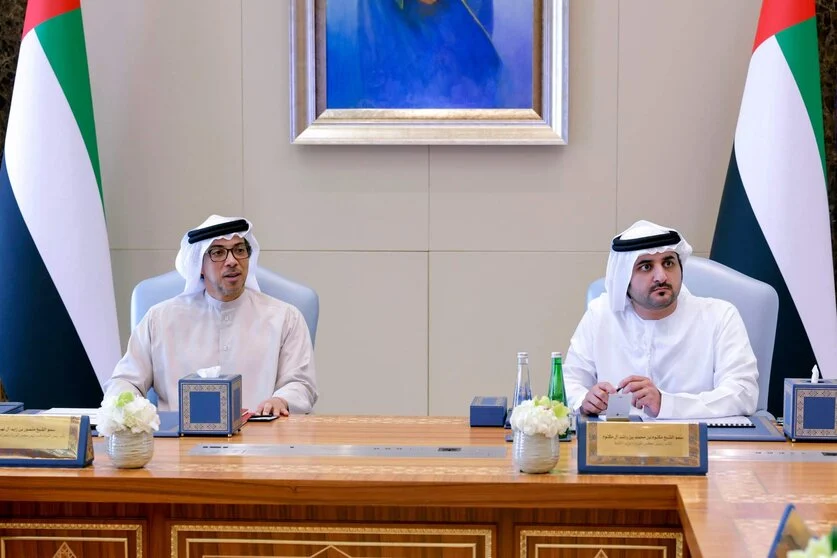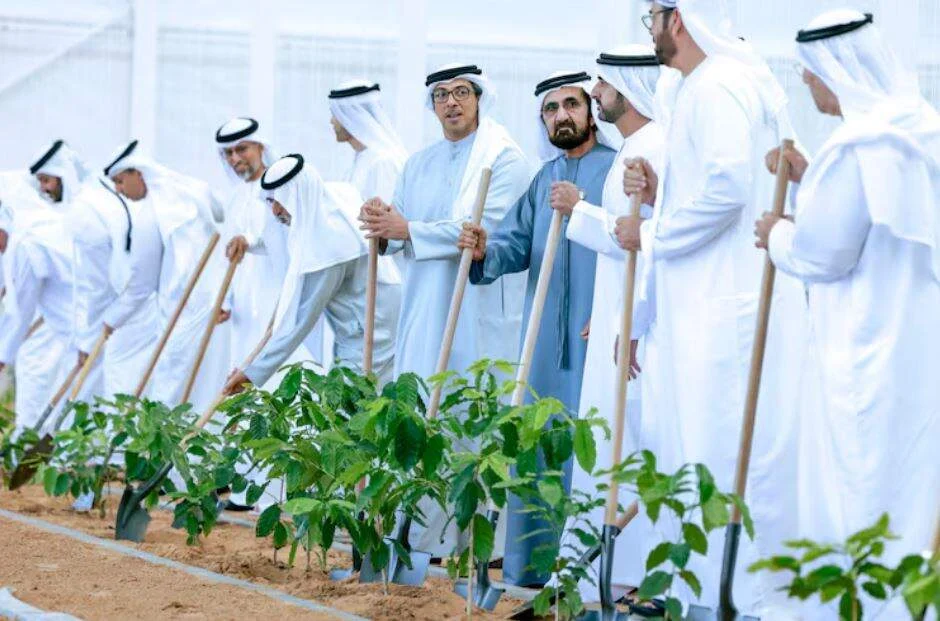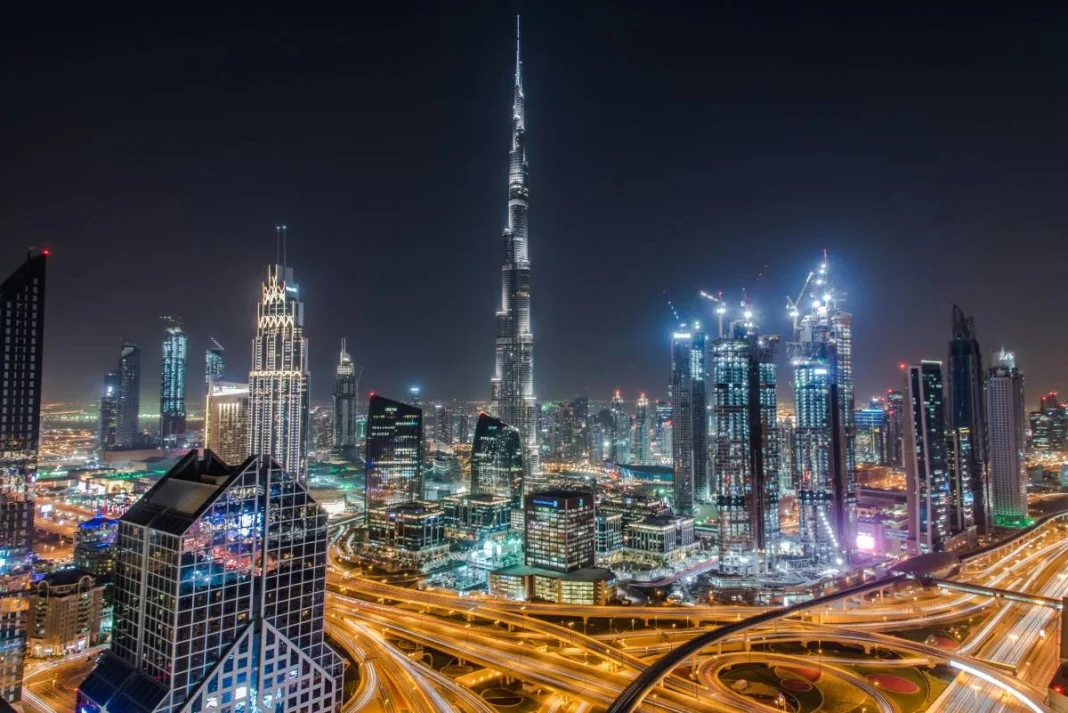The United Arab Emirates has marked a milestone in its economic trajectory with the approval of the general budget for the fiscal year 2025. This budget, considered the most ambitious in the country’s history, demonstrates the UAE’s strong commitment to sustainable growth and deep economic diversification.
Officially announced by the Government Media Office, the proposed budget amounts to AED 71.5 billion, equivalent to USD 19.5 billion. This significant increase highlights the robustness of the United Arab Emirates’ economy. It also reflects the country’s ability to finance key projects that will enhance both social and economic development in the coming years.
Approval and General Characteristics of the 2025 Budget
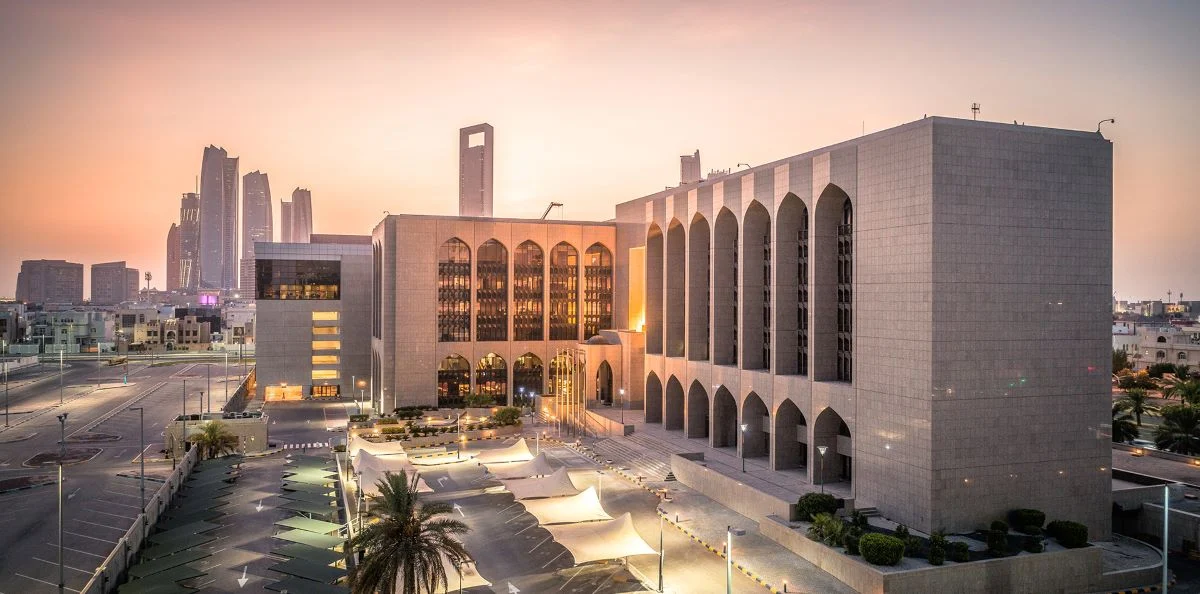
The Cabinet of the United Arab Emirates has given the green light to this ambitious budget, highlighting its balanced approach between income and expenses. With a projected expenditure of 71.5 billion dirhams, the fiscal plan ensures an exact parity with income, thus guaranteeing the country’s financial stability. This balance is fundamental to maintaining the confidence of investors and citizens.
The approval of the budget took place during a meeting chaired by the Prime Minister and Ruler of Dubai, Sheikh Mohammed bin Rashid. This federal budget is not only the largest of the UAE but also symbolizes the economic strength and sustainability of the resources available to support large-scale initiatives. The magnitude of this approval reflects the government’s long-term vision.
Moreover, the budget is part of the government’s long-term financial plan, covering the period from 2022 to 2026. This strategic framework aims for the UAE to continue advancing towards economic diversification, thereby decreasing dependence on traditional sectors such as oil. This strategy ensures more resilient and multifaceted growth.
ECONOMIC PROJECTIONS AND GDP GROWTH
The United Arab Emirates, as the second-largest economy in the Arab world, has shown remarkable resilience following the pandemic recovery. The country’s gross domestic product grew by 3.4 percent in the first quarter of this year, and this positive trend is expected to continue in the coming years. This growth is a key indicator of the country’s economic health.
For 2024, projections indicate that the GDP will increase by 4 percent, driven mainly by the non-oil sector. This sustained growth is supported by recent data from the UAE Central Bank, reflecting a dynamic and constantly expanding economy. Economic diversification plays a crucial role in these forecasts.
Furthermore, the non-oil sector is expected to maintain solid growth of 5.2 percent in 2024 and 5.3 percent in 2025. This momentum is due to ongoing efforts to attract foreign investment, as well as structural reforms that facilitate a more attractive and competitive business environment. These combined factors reinforce the economic stability of the United Arab Emirates.
BUDGET ALLOCATION BY KEY SECTORS
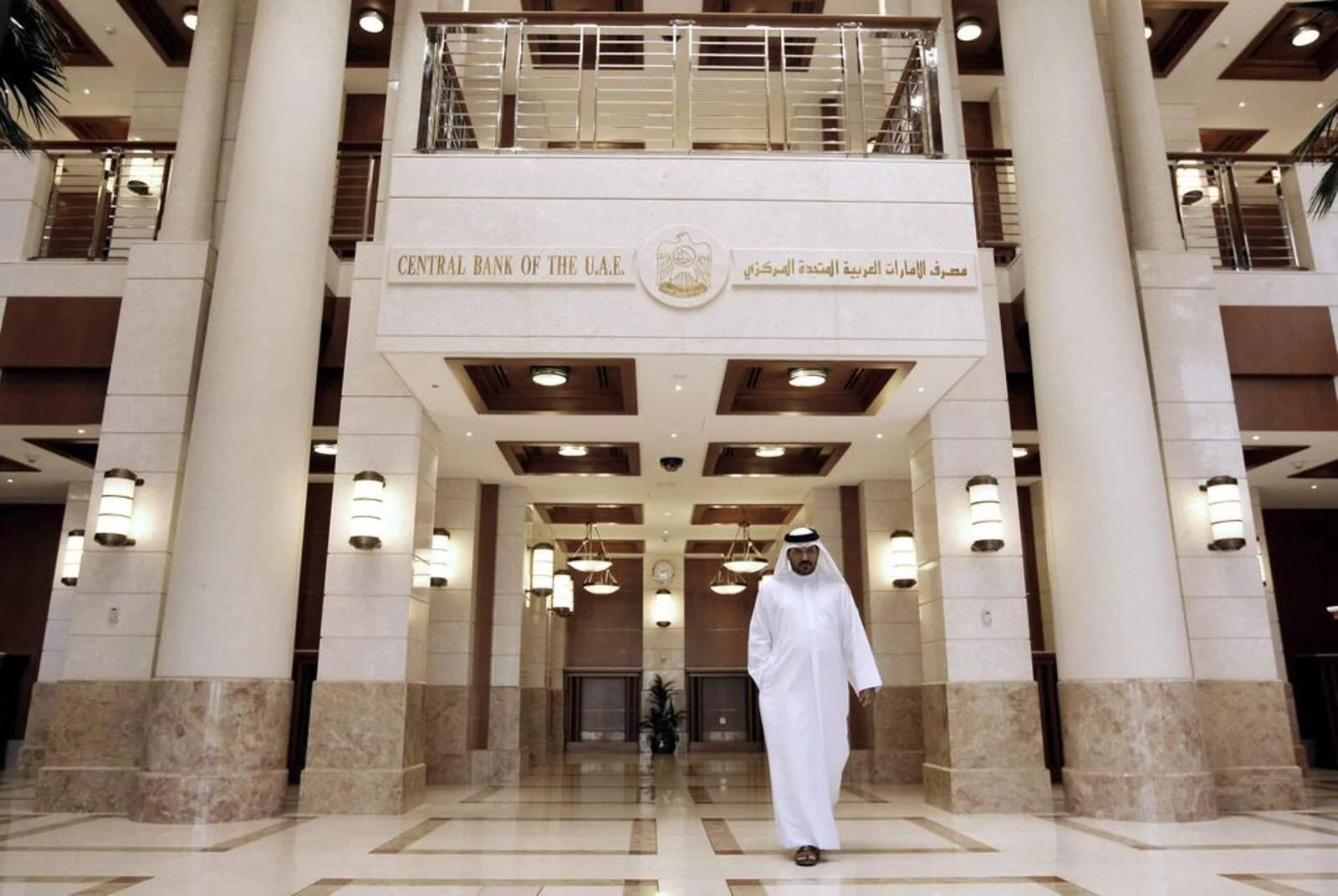
The budget for 2025 has been strategically distributed across various essential sectors for the country’s development. The social development and pensions sector is the main beneficiary, receiving an allocation of 27.860 billion dirhams, which represents approximately 39% of the total budget. This allocation underscores the government’s priority on social welfare.
Within this sector, more than 10 billion dirhams are allocated to public and higher education programs, thus promoting the development of human capital. Additionally, 5.745 billion dirhams are assigned to health services and community prevention, ensuring the population’s well-being. These investments are fundamental for a healthy and educated society.
On the other hand, 3.740 billion dirhams have been allocated to social affairs and 5.710 billion dirhams to pensions, while 1.750 billion dirhams are assigned to spending on public services. This distribution reflects the government’s commitment to an inclusive and well-cared-for society. Addressing basic needs and advancing social equity are clearly established priorities in the budget.
STRUCTURAL REFORMS AND FOREIGN INVESTMENT
The non-oil sector continues to be the main driving force behind the economic growth projections of the United Arab Emirates. It has been projected that this sector will remain strong with a growth of 5.2 percent in 2024 and 5.3 percent in 2025, thanks to ongoing reforms and the attraction of foreign investment. This sector is key to the country’s economic diversification.
Structural reforms, such as the possibility of 100 percent ownership in foreign companies, have been crucial in creating a favorable environment for international investors. Additionally, the fiscal reforms implemented have simplified the tax system, making the UAE an even more attractive destination for global investment. These measures have significantly boosted the interest of foreign investors.
Foreign direct investment has played a fundamental role in this process of economic diversification. Efforts to attract external capital include tax incentives, facilities for business creation, and infrastructure improvement, which have resulted in a notable increase in development projects in key sectors such as technology, manufacturing, and financial services. This comprehensive approach ensures the long-term sustainability of the United Arab Emirates’ economic growth.

